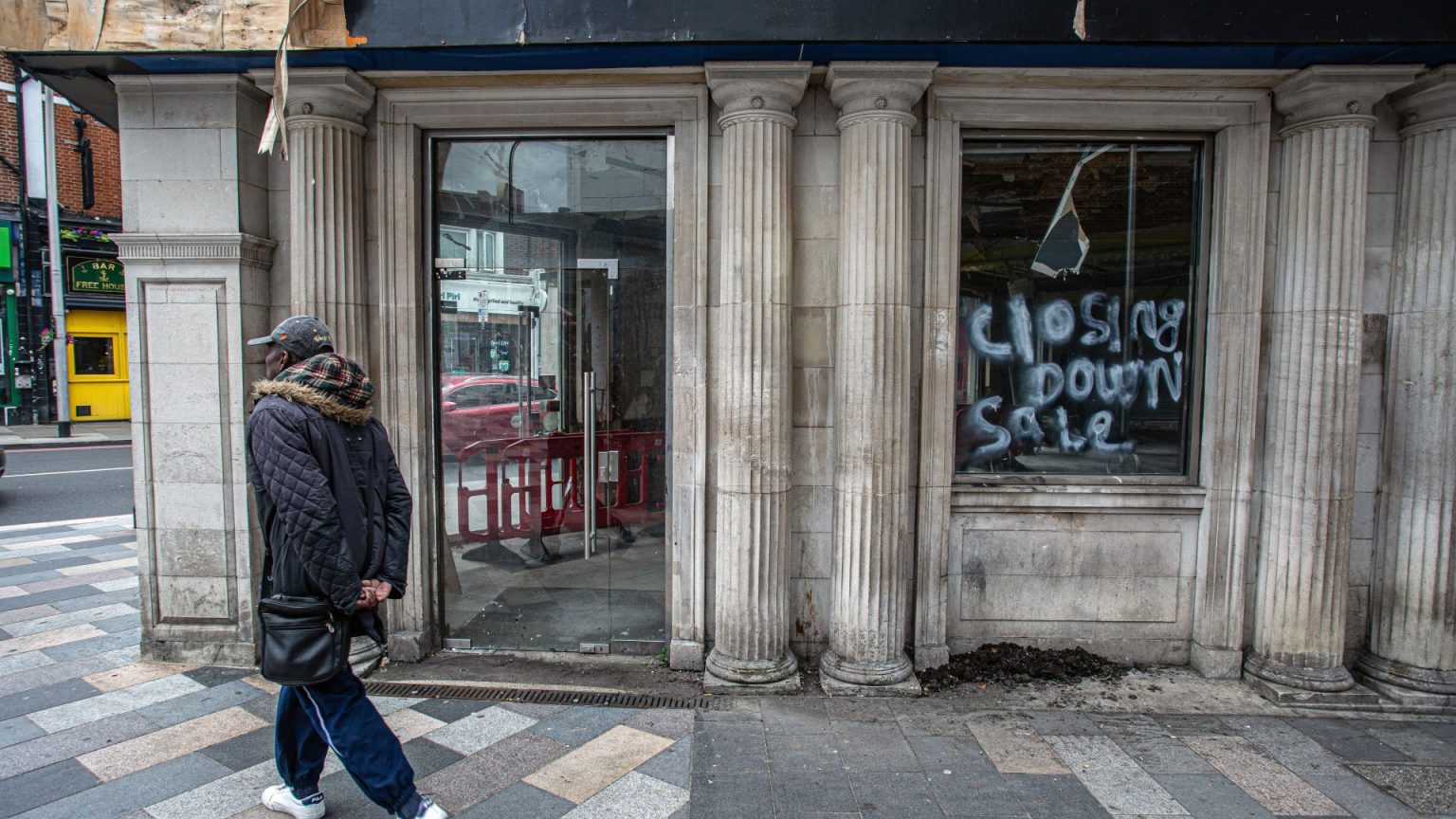The British high street continues to face challenges, as evidenced by the upcoming closure of two more Body Shop locations in Devon this month. Despite being rescued from administration just months prior, the cosmetic retailer will shutter its Exeter and Plymouth branches after decades of trading. The closures come as a blow to loyal customers and underscore the difficulties faced by brick-and-mortar stores in the evolving retail landscape. While the new owners, Aurea Group, have stated they have no immediate plans for further closures, the recent announcements cast a shadow of uncertainty over the remaining Body Shop locations.
The Body Shop’s story is a microcosm of the broader trends affecting the retail sector. The rise of online shopping, coupled with increasing operating costs, has squeezed profit margins for traditional retailers. The pandemic exacerbated these pre-existing pressures, accelerating the shift towards e-commerce and forcing many businesses to re-evaluate their physical store strategies. The Body Shop, like many other retailers, initially responded to these pressures with store closures and job cuts before being acquired by Aurea Group, a growth capital firm. While the acquisition offered a lifeline, it also signaled the need for adaptation and restructuring.
The closure of prominent high street brands like The Body Shop has a ripple effect on the surrounding businesses and the overall vitality of town centers. Reduced foot traffic, caused by store closures, impacts neighboring retailers and contributes to a sense of decline. This downward spiral can be difficult to reverse, as shoppers increasingly gravitate towards retail parks offering convenient parking and a wider array of options. The shift away from traditional high streets presents a significant challenge for local councils and urban planners seeking to revitalize these areas.
The woes of the high street are not limited to The Body Shop. Other retailers, including WHSmith, Monki, and Starbucks, have also announced store closures this month. WHSmith, a stalwart of the British high street, will close a location in Bournemouth, continuing a trend of closures that began in 2023. Fashion retailer Monki, owned by H&M, will shutter two stores as part of a larger brand consolidation strategy. Even global giants like Starbucks are not immune to the pressures, with two cafes slated for closure this month. These closures across diverse sectors highlight the systemic nature of the challenges facing the retail industry.
The underlying reasons for these closures are multifaceted. The convenience and accessibility of online shopping have undeniably impacted consumer behavior, leading to decreased foot traffic in physical stores. Rising operational costs, including rent, utilities, and staffing, further strain retailers’ profitability. Additionally, changing consumer preferences and the emergence of new retail models have disrupted the traditional retail landscape. The combination of these factors creates a challenging environment for brick-and-mortar businesses, particularly those with a large physical footprint.
Looking ahead, the future of the high street remains uncertain. While some retailers are experimenting with innovative strategies to attract customers back to physical stores, the long-term viability of traditional retail models is under scrutiny. The rise of experiential retail, focusing on creating unique in-store experiences, offers one potential avenue for revitalization. However, the success of these initiatives will depend on retailers’ ability to adapt to evolving consumer expectations and offer something truly distinctive that cannot be replicated online. The challenges facing the high street are complex and require a collaborative effort from retailers, local authorities, and consumers to ensure the survival of these vital community hubs.


